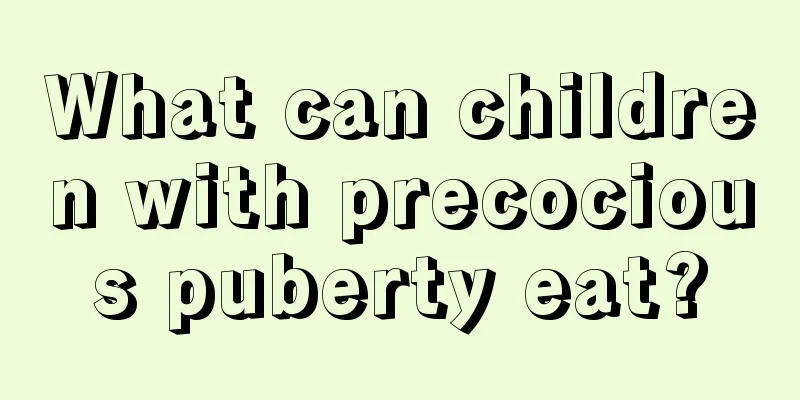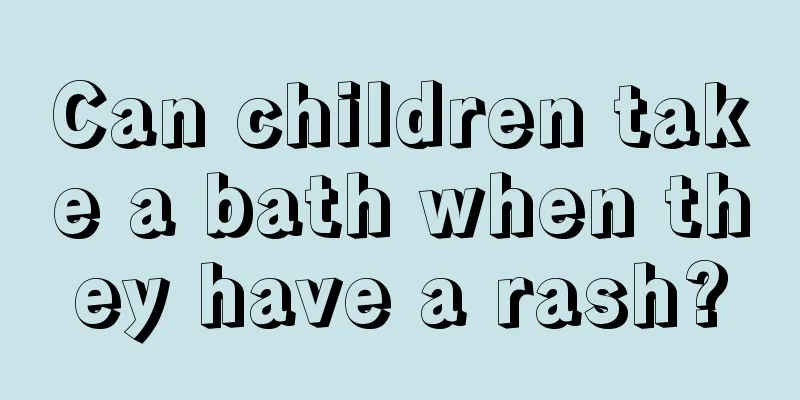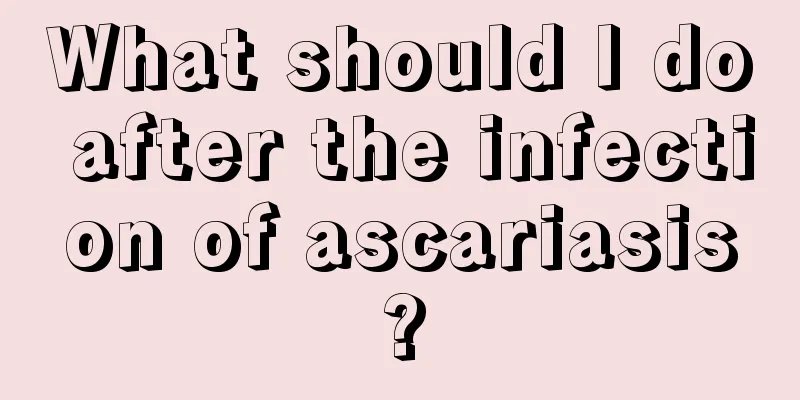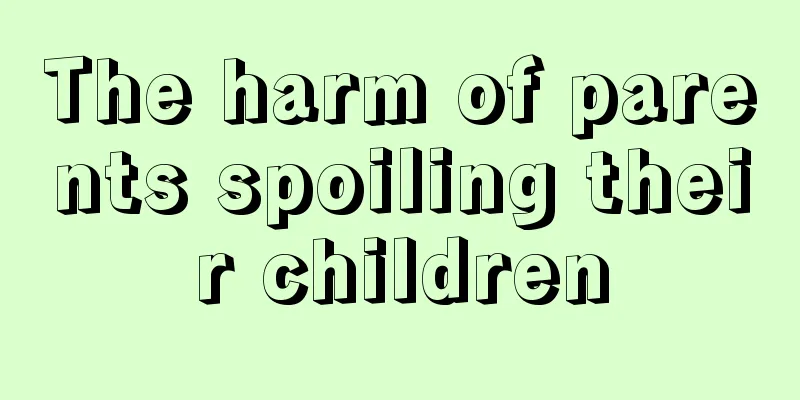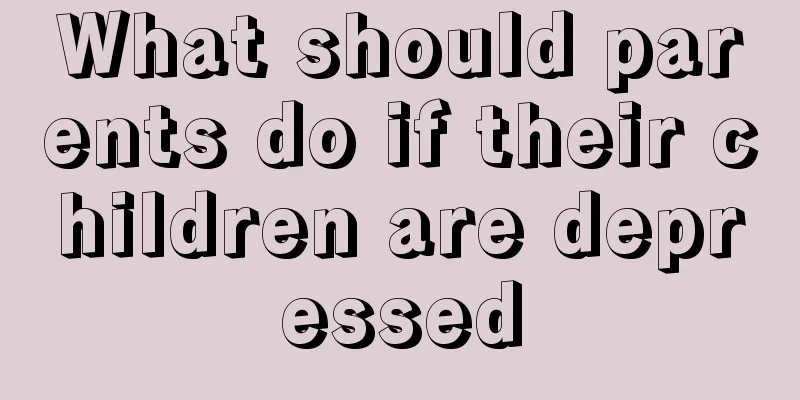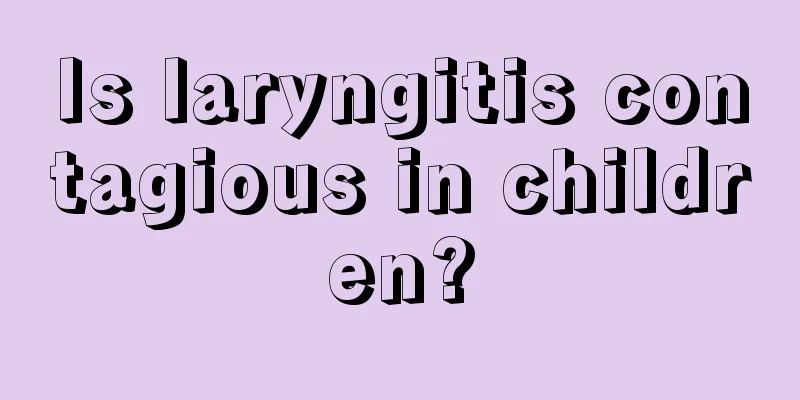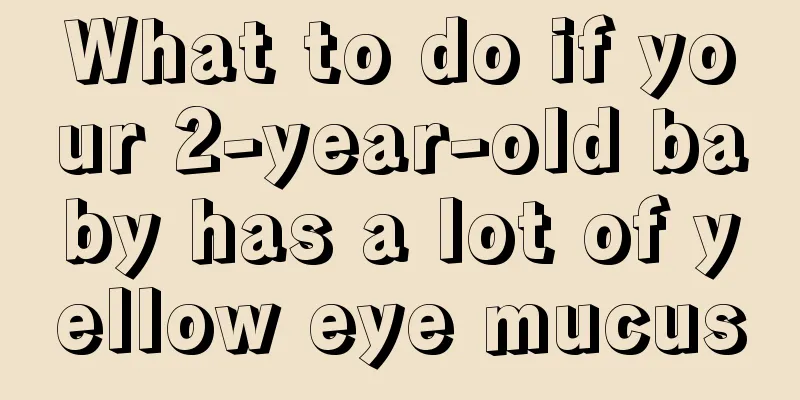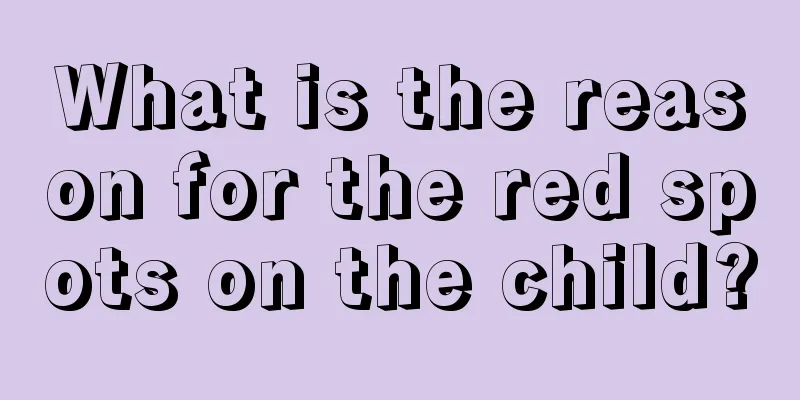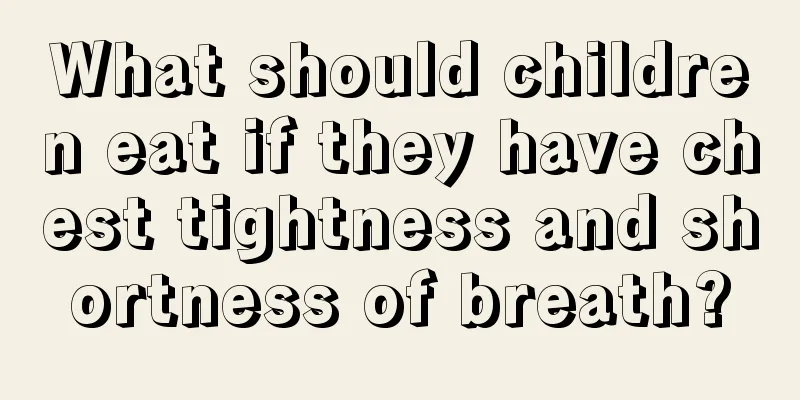Children's convulsions
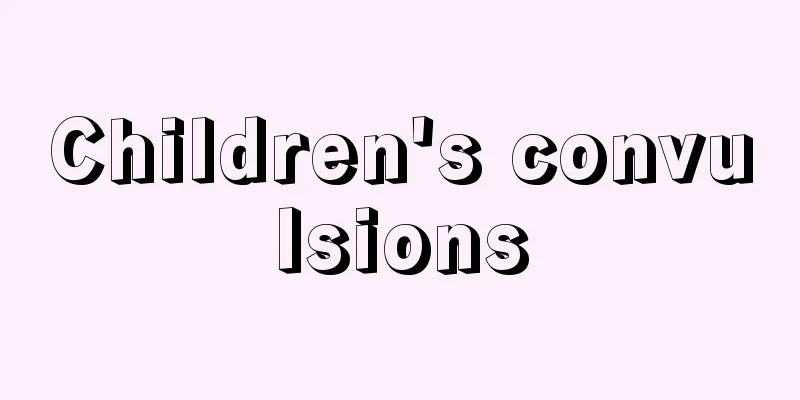
|
Infantile convulsions are a very common childhood physical disease in medicine. They mainly occur in children between the ages of 1-5. They are also called childhood convulsions. They can easily cause children to have convulsions or whole-body convulsions. They are generally caused by bacterial infections in the brain or encephalitis. They can also easily threaten the child's life and require timely treatment. Infantile convulsions Convulsions are a common acute and serious disease in children, with convulsions and coma as the main clinical features. Also known as "convulsion", commonly known as "seizure". It can occur in any season and is more common in children aged 1-5 years old. The younger the age, the higher the incidence rate. Its symptoms are often serious, change rapidly, and threaten the child's life. Western medicine calls it infantile convulsions. Among them, those with fever are mostly caused by infectious diseases, while those without fever are mostly caused by non-infectious diseases. In addition to the common epilepsy, there are also water and electrolyte disorders, hypoglycemia, drug poisoning, food poisoning, genetic metabolic diseases, brain trauma, brain tumors, etc. Etiology and pathogenesis The causes of acute convulsions are mainly due to the six external pathogens and epidemic toxins, occasionally caused by sudden fright. The six external evils can all cause convulsions. The main pathogens are wind evil, heat evil, damp heat and epidemic diseases. Children have thin skin and loose pores, so they are easily affected by pathogenic factors. The pathogenic factors enter the body from the outside to the inside, causing severe fever. The extreme heat turns into fire, and the excessive fire produces phlegm. In severe cases, the pathogenic factors enter the body's blood and penetrate into the pericardium, causing liver wind, resulting in high fever, coma, convulsions, rashes, vomiting, and nosebleeds. Or, the healthy qi cannot overcome the pathogenic factors, causing internal blockage and external loss of function. If due to improper diet, or accidentally ingesting contaminated and toxic food, the intestine and stomach will be blocked, phlegm and heat will be accumulated inside, and the blockage will not be eliminated, the Qi flow will be unfavorable, and the depression will turn into fire. Phlegm, fire, dampness and turbidity obscure the pericardium and induce liver wind, which can cause high fever, fainting, convulsions, vomiting, abdominal pain, and foul-smelling diarrhea. Children are timid and have insufficient vitality. They cannot tolerate unexpected stimulation. If their eyes touch foreign objects, hear loud noises, or they fall accidentally and are suddenly frightened, their spirit will be disturbed, liver wind will move inside, and they will scream, jump, convulse and become unconscious. In short, the main pathogenesis of acute convulsions is the mutual influence of heat, phlegm, convulsion and wind, which are mutually causal. The main disease sites are the heart and liver meridians. When children are infected by external pathogens, they are easily transformed into heat. Excessive heat will cause phlegm, extreme heat will cause wind, excessive phlegm will cause convulsions, and excessive convulsions will cause wind, which will cause acute convulsions. Etiology, classification and characteristics of pediatric convulsions in Western medicine 1 Infectious causes (1) Intracranial infection: such as meningitis or encephalitis caused by bacteria, viruses, parasites, and fungi. It often manifests as repeated and severe seizures, which mostly occur in the early or extreme stages of the disease. Accompanied by varying degrees of impaired consciousness and increased intracranial pressure. Cerebrospinal fluid examination is very helpful for diagnosis and differential diagnosis. (2) Extracranial infection: Seizures caused by non-intracranial infectious diseases. 1) Febrile seizure: It is the most common acute seizure in pediatrics. 2) Infectious toxic encephalopathy: It is mostly complicated by serious bacterial infectious diseases such as sepsis, severe pneumonia, bacillary dysentery, whooping cough, etc., and is related to acute cerebral edema caused by infection and bacterial toxins. 2 Non-infectious causes (1) Intracranial diseases: 1) Craniocerebral injury and hemorrhage: intracranial hemorrhage caused by various reasons such as birth trauma, craniocerebral trauma and cerebral vascular malformation. The disease occurs immediately after injury, with repeated convulsions accompanied by impaired consciousness and increased intracranial pressure. Brain CT is of great value in diagnosis. 2) Congenital developmental malformations: such as abnormal cranial and cerebral development, hydrocephalus, neurocutaneous syndrome, etc. 3) Intracranial space-occupying lesions: such as supratentorial tumors, cysts or hematomas in the cerebral hemispheres. (2) Extracranial (systemic) diseases 1) Hypoxic-ischemic diseases: such as asphyxia during childbirth or after birth, drowning, severe cardiopulmonary diseases, etc. 2) Metabolic diseases: including: ① water and electrolyte disorders ② liver and kidney failure and Reye syndrome ③ genetic metabolic diseases ④ poisoning |
<<: The child convulses after falling
>>: Why does the child's lower body itch?
Recommend
Children's teeth are uneven
Children need to replace their teeth at certain s...
Motor development delay
The development of a baby's motor function is...
Acute appendicitis in children
Appendicitis is quite common. It affects people o...
When do children usually lose their teeth?
Children’s health is always on the parents’ minds...
Can I take medicine after having just received a vaccination?
There are many precautions after getting the vacc...
Will children get fever due to getting angry?
Getting angry is a very common disease in normal ...
Eight-month-old baby's eye bags are red
The red eye bags of eight-month-old babies are ma...
What is the difference between acne and eczema in newborns?
In most cases, non-professionals have no idea abo...
The reason why the child's chicken is red, swollen and pus-filled
Since children are in the early stages of growth ...
It turns out that there are these disadvantages of enema for children
Enema is a very common treatment technique that c...
How many ml should a premature baby eat each time
The digestive function of premature babies is rel...
How many times a day does a newborn baby eat milk?
Newborn babies are fragile in all aspects and the...
Children's allergic symptoms of taking ceftriaxone
Cephalosporin is a relatively common antibiotic. ...
What are the symptoms of neonatal asthma?
Nowadays, many newborns suffer from asthma, which...
What to do if your child's nose is blocked
Parents need to pay attention to their children&#...

